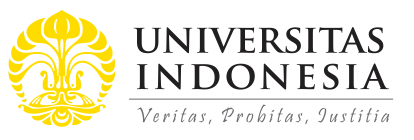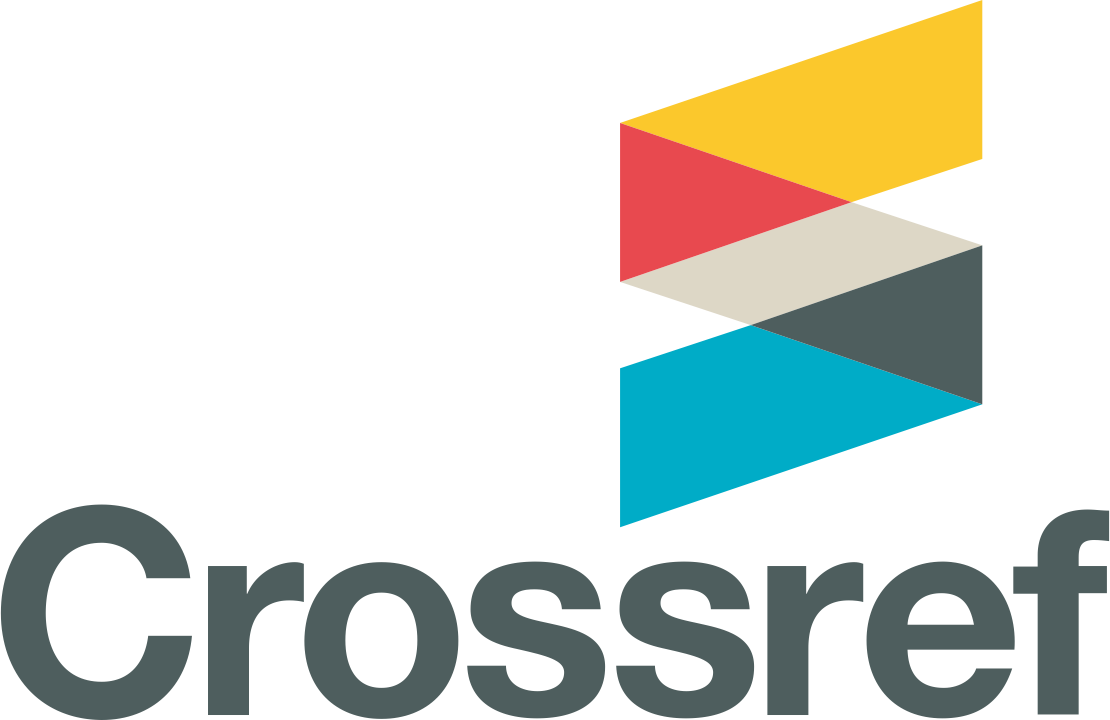Abstract
Previous studies show that general information shared by an influencer through social media has been received without sufficient validity testing. However, hardly any study has evaluated whether a stock recommendation by a social media influencer will also be followed blindly. This study evaluates the impact of the credibility of stock influencers on investors’ intention to invest in recommended stocks and whether the relationship can be explained by the perception that the influencer has inside infor- mation or is solely due to fear of missing out (FoMO). This study uses primary data from investors in the Indonesian model market. We collected 135 valid data points and found that a social media influencer’s credibility can explain why an investor intends to invest based on those recommenda- tions. Furthermore, we found that FoMO is a more significant explanation than the perception that the influencer holds a piece of inside information.
References
Adil, M., Singh, Y., & Ansari, Mohd. S. (2022). How financial literacy moderate the as- sociation between behaviour biases and investment decision? Asian Journal of Ac- counting Research, 7(1), 17–30. https://doi. org/10.1108/AJAR-09-2020-0086
AlFarraj, O., Alalwan, A. A., Obeidat, Z. M., Baabdullah, A., Aldmour, R., & Al-Haddad, S. (2021). Examining the impact of influenc- ers’ credibility dimensions: Attractiveness, trustworthiness and expertise on the pur- chase intention in the aesthetic dermatology industry. Review of International Business and Strategy, 31(3), 355–374. https://doi.org/10.1108/RIBS-07-2020-0089
Amalia, N., Dalimunthe, Z., & Triono, R. A. (2019). The Effect of Lender’s Protection on Online Peer-to-Peer Lending in Indone- sia. The 33rd International-Business-Infor- mation-Management-Association (IBIMA) Conference, EDUCATION EXCELLENCE AND INNOVATION MANAGEMENT THROUGH VISION 2020, 6056–6066.
Baron, R. M., & Kenny, D. A. (1986). The mod- erator–mediator variable distinction in social psychological research: Conceptual, strate- gic, and statistical considerations. Journal of Personality and Social Psychology, 51(6), 1173–1182. https://doi.org/10.1037/0022- 3514.51.6.1173
Baruna, S. S. A., Dalimunthe, Z., & Triono, R. A. (2023). Factors Affecting Investor Switching Intention to Fintech Peer-To-Peer Lending. In B. Alareeni & A. Hamdan (Eds.), Sustainable Finance, Digitalization and the Role of Technology (Vol. 487, pp. 63–73). Springer International Publishing. https:// doi.org/10.1007/978-3-031-08084-5_7
Cardow, A., & Wilson, W. (2017). Independent celebrity directors in closely held financial institutions. Asia Pacific Management Re- view, 22(2), 61–69. https://doi.org/10.1016/j. apmrv.2016.07.002
Chairunnisa, A., & Dalimunthe, Z. (2021). In- donesian Stock’s Influencer Phenomenon: Did Financial Literacy on Millennial Age Reduce Herding Behavior? Jurnal Akuntan- si Dan Keuangan, 23(2), 62–68. https://doi. org/10.9744/jak.23.2.62-68
Chmura, T., Le, H., & Nguyen, K. (2022). Herding with leading traders: Evidence from a laboratory social trading platform. Journal of Economic Behavior & Organiza- tion, 203, 93–106. https://doi.org/10.1016/j. jebo.2022.08.035
Choijil, E., Méndez, C. E., Wong, W.-K., Viei- to, J. P., & Batmunkh, M.-U. (2022). Thirty years of herd behavior in financial markets: A bibliometric analysis. Research in Inter- national Business and Finance, 59, 101506. https://doi.org/10.1016/j.ribaf.2021.101506
Fang, J., Wang, X., Wen, Z., & Zhou, J. (2020). Fear of missing out and problematic social media use as mediators between emotional support from social media and phubbing be- havior. Addictive Behaviors, 107, 106430
Gao, X., Xu, W., Li, D., & Xing, L. (2021). Media coverage and investment efficiency. Journal of Empirical Finance, 63, 270–293. https:// doi.org/10.1016/j.jempfin.2021.07.002
Gilal, F. G., Paul, J., Gilal, N. G., & Gilal, R. G. (2020). Celebrity endorsement and brand passion among air travelers: Theory and evidence. International Journal of Hospi- tality Management, 85, 102347. https://doi. org/10.1016/j.ijhm.2019.102347
Jiang, Y., & Liu, H. (2022). Insider trading, overconfidence, and private information flow. The North American Journal of Eco- nomics and Finance, 60, 101664. https://doi. org/10.1016/j.najef.2022.101664
Kertz, C. L., & Ohanian, R. (1992). Source Credibility, Legal Liability, and the Law of Endorsements. Journal of Public Poli- cy & Marketing, 11(1), 12–23. https://doi. org/10.1177/074391569201100102
Kim, D. Y., & Kim, H.-Y. (2021). Trust me, trust me not: A nuanced view of influencer marketing on social media. Journal of Busi- ness Research, 134, 223–232. https://doi. org/10.1016/j.jbusres.2021.05.024
Liu, S., Jiang, C., Lin, Z., Ding, Y., Duan, R., & Xu, Z. (2015). Identifying effective influ- encers based on trust for electronic word- of-mouth marketing: A domain-aware ap- proach. Information Sciences, 306, 34–52. https://doi.org/10.1016/j.ins.2015.01.034
Lu, X., Zhang, Y., Zhang, Y., & Wang, L. (2020). Can investment advisors promote rational investment? Evidence from micro- data in China. Economic Modelling, 86, 251–263. https://doi.org/10.1016/j.econ- mod.2019.10.011
Lucassen, T., & Schraagen, J. M. (2013). The influence of source cues and topic familiar- ity on credibility evaluation. Computers in Human Behavior, 29(4), 1387–1392. https:// doi.org/10.1016/j.chb.2013.01.036
Ohanian, R. (1990). Construction and Valida- tion of a Scale to Measure Celebrity Endors- ers’ Perceived Expertise, Trustworthiness, and Attractiveness. Journal of Advertising,19(3), 39–52. https://doi.org/10.1080/00913 367.1990.10673191
Potsaid, T., & Venkataraman, S. (2022). Trad- ing restrictions and investor reaction to non-gains, non-losses, and the fear of miss- ing out: Experimental evidence. Journal of Behavioral and Experimental Finance, 33, 100597. https://doi.org/10.1016/j. jbef.2021.100597
Przybylski, A. K., Murayama, K., DeHaan, C. R., & Gladwell, V. (2013). Motivation- al, emotional, and behavioral correlates of fear of missing out. Computers in Human Behavior, 29(4), 1841–1848. https://doi. org/10.1016/j.chb.2013.02.014
Ryu, D., Yang, H., & Yu, J. (2022). Insider trading and information asymmetry: Evi- dence from the Korea Exchange. Emerging Markets Review, 51, 100847. https://doi. org/10.1016/j.ememar.2021.100847
Shareef, M. A., Kapoor, K. K., Mukerji, B., Dwivedi, R., & Dwivedi, Y. K. (2020). Group behavior in social media: Anteced- ents of initial trust formation. Computers in Human Behavior, 105, 106225. https://doi. org/10.1016/j.chb.2019.106225
Sokolova, K., & Kefi, H. (2020). Instagram and YouTube bloggers promote it, why should I buy? How credibility and parasocial interac- tion influence purchase intentions. Journal of Retailing and Consumer Services, 53, 101742. https://doi.org/10.1016/j.jretcon- ser.2019.01.01
Syakiela, N., Triono, R. A., & Arif, H. (2019). Electronic WOM Effectiveness from Online Social Network Perspectives in Indonesia. The Proceedings of 33rd International Busi- ness Information Management Association Conference: Education Excellence and In- novation Management through Vision 2020, Granada, Spain, 6406–6422.
Tauni, M. Z., Fang, H. X., & Iqbal, A. (2017). The role of financial advice and word-of- mouth communication on the association between investor personality and stock trad- ing behavior: Evidence from Chinese stock market. Personality and Individual Differ- ences, 108, 55–65. https://doi.org/10.1016/j. paid.2016.11.048
Ullah, S., Attah-Boakye, R., Adams, K., & Za- efarian, G. (2022). Assessing the influence of celebrity and government endorsements on bitcoin’s price volatility. Journal of Busi- ness Research, 145, 228–239. https://doi. org/10.1016/j.jbusres.2022.01.05
Wang, G., & Wang, Y. (2018). Herding, social network and volatility. Economic Modelling, 68, 74–81. https://doi.org/10.1016/j.econ- mod.2017.04.018
Zhang, S., & Mani, G. (2021). Popular cryp- toassets (Bitcoin, Ethereum, and Doge- coin), Gold, and their relationships: Volatil- ity and correlation modeling. Data Science and Management, 4, 30–39. https://doi. org/10.1016/j.dsm.2021.11.001
Zhang, Y., An, Y., Feng, X., & Jin, X. (2017). Celebrities and ordinaries in social networks: Who knows more information? Finance Research Letters, 20, 153–161. https://doi. org/10.1016/j.frl.2016.09.021
Recommended Citation
Dalimunthe, Zuliani; Chairunnisa, Ananda; and Triono, Rachmadi Agus
(2023)
"Are Social Media Users Blindly Following Influencers’ Recommendations on Investing?,"
Indonesian Capital Market Review: Vol. 15:
No.
1, Article 1.
DOI: 10.21002/icmr.v15i1.1165
Available at:
https://scholarhub.ui.ac.id/icmr/vol15/iss1/1












